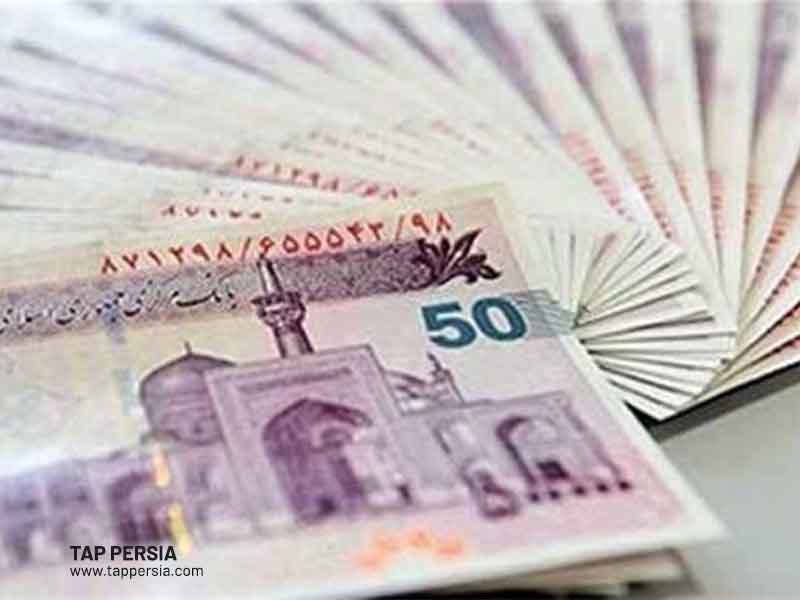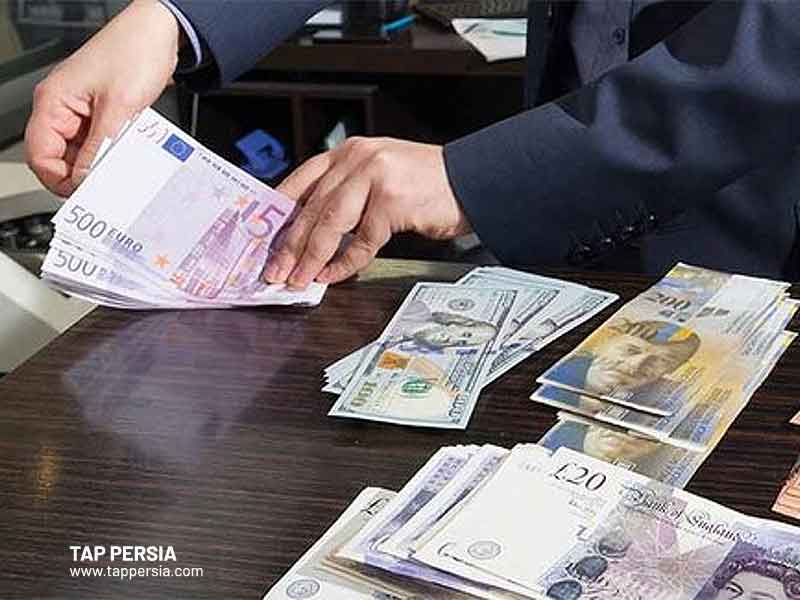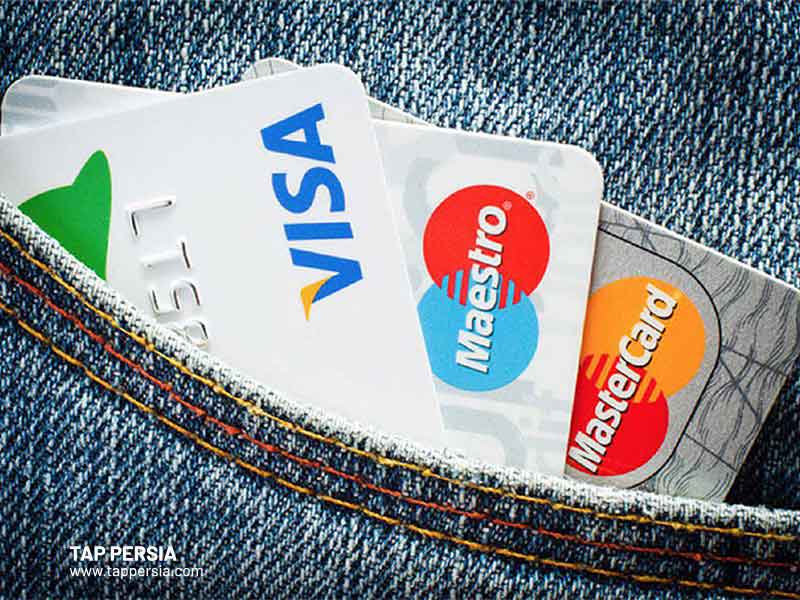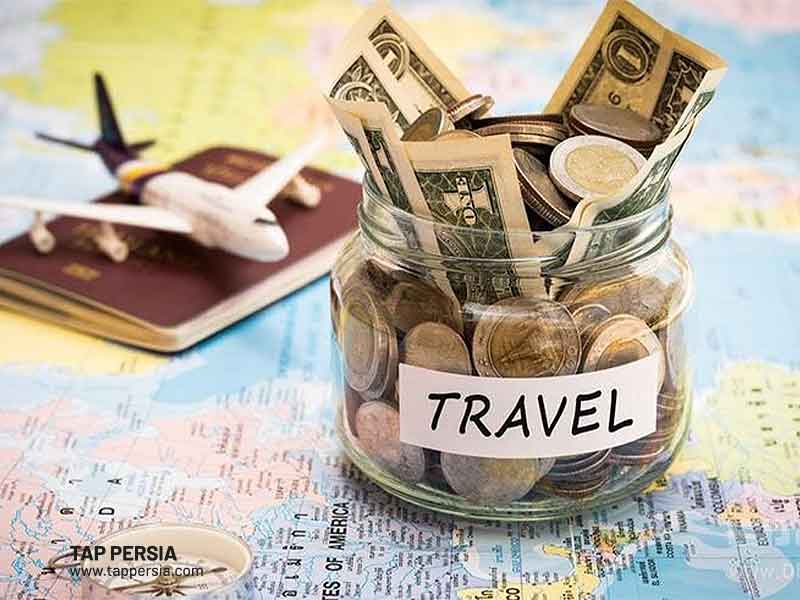Despite being one of the most affordable travel destinations in the world, many people find it challenging to utilize Iran currency. Stay with us and we will give you a complete explanation of this topic if you want to visit Iran but are concerned about these misunderstandings and want to learn more about Iran currency.

Money in Iran: What a Tourist Must Know
If you’ve already decided to travel to Iran or are thinking about doing so in the future, it’s likely that you don’t know everything there is to know about finances and costs in this Middle Eastern nation. Every tourist should, in fact, do some study about the country’s financial situation, but in Iran, things are particularly difficult.
For three primary reasons, it is difficult for visitors to spend money in Iran. First, although the Toman is essentially always used in daily life, the Rial is Iran’s official monetary unit. Second, foreign visitors to Iran must bring cash to cover their costs because international debit cards like MasterCard and Visa cards are not accepted there.
Last but not least, there are now three exchange rates in Iran, which means that depending on which exchange rate is utilized, various prices apply when exchanging foreign currency for Iranian currency. There are additional subtleties to spending money in Iran. For additional information about money in Iran, including how to exchange money there, how to haggle, what the typical costs are, and more, keep reading.
Where to Exchange Money in Iran?

In all major cities, exchange shops, known as “Sarrafi,” are easily found; they are identified by their signage and feature monitors or boards inside that display the current exchange rate.
Along with the official currency exchange businesses, practically all airports and hotels also provide Iranian currency exchange services, so you don’t need to change your money before you fly. If you have any leftover Iran currency at the conclusion of your vacation, you may exchange it for dollars, euros, or other currencies. We do not advise you to use a bank to exchange your money since you will waste time and receive a lesser rate.
What is an Iranian Rial?
The Rial, with the ISO code IRR, is the official Iran currency name. However, in regular transactions, individuals typically use the unauthorized unit “Toman.” Toman, a modern informal monetary unit equal to 10 IRR, was first taken from the Mongolian language in the 13th century AD.
As it is normal to hear or read pricing expressed in either Rial or Toman, you might occasionally need to inquire as to which Iran currency is being used. Prices are sometimes stated in Toman for small quantities like groceries or taxi fares, while Rial is typically used at department stores.
Iranians convert from the rial to the toman by dropping one zero. When requested for 2,000 Tomans, add one zero and pay using paper money denominated in 20,000 Rials since a Toman is 10 times the value of a Rial.
Common Banknotes in Iran
10,000 Rials (1000 Toman), 20,000 Rials (2000 Toman), 50,000 Rials (5000 Toman), 100,000 Rials (10.000 Toman), 500,000 Rials (50.000 Toman), and 1,000,000 Rials are common banknotes in Iran (100.000 Toman). Among the few coins in circulation are the 1.000, 2.000, and 5.000 Rials.
MasterCard and Visa in Iran

You won’t be able to use your master’s or visa cards because of the sanctions against Iran, which prevent people from using the global financial system. Therefore, you should carry enough cash, either in US Dollars or Euros, or get it converted to Rials, to last the duration of your trip. The good news is that you can pay with Euro and Dollars at certain hotels, restaurants, and even stores.
Without the need to create an account, several banks in Iran give Tourist Debit Cards that may be topped off with foreign currencies including EUR, USD, and AED. To modify any amount and have it appear in your account in Rials, you must first establish an account.
Bitcoin and Cryptocurrency in Iran
Travel agencies have begun taking bitcoin as a form of payment from clients in return for their services in order to expand your flexibility and make money transfers more pleasant for you. Feel secure while quickly and easily scheduling your tour by paying with Bitcoin. For instance, if you run out of Iran currency while traveling and need more, you may send Bitcoins to the agencies’ wallet and they’ll transport cash to Iran at your request.
Costs in Iran: Is Iran Expensive to Travel?

Forget the notion that Iran is an expensive place to visit, as you may have heard. To experience this nation’s accessibility to travelers, you should visit. Choosing your accommodation, mode of transportation, and the restaurants you want to visit should come first.
You should, however, plan to spend, on average, about $70 each day. This sum contains everything you’ll need for a hassle-free journey to a foreign nation, but if you’d prefer to travel in luxury or on a budget, you can add to or subtract from this sum.
How to Shop and Haggle in Iran?
It’s essential to know how to shop wisely in order to get the best deals or at the very least avoid being taken advantage of if you want to return home with baggage stuffed with Persian treasures.
First and foremost, knowing when and when to bargain over costs is crucial. For a wide range of items and services with set pricing, such as those at convenience stores, grocers, restaurants, coffee shops, and places where people use public transit (including taxi taxis with set routes), negotiating is typically inappropriate and inappropriate.
Iran is a country where bargaining over pricing is commonplace, especially at traditional bazaars where it is an integral part of life. These venues include handicraft and souvenir shops, boutiques, shoe stores, knick-knack stores, and the like. There may be set prices at some of these stores. These are stores where you could be informed that the prices are “fixed” or “maqtou” and see Persian signage that states “FIXED PRICE.” Before renting a cab, haggling with the driver is also allowed. The same goes for any other service provider, like a tour guide or a landlord.

When visiting the bazaar, it’s an excellent idea to have a local guide with you to ensure that you won’t be treated as if you have no idea what anything costs. Although Iran doesn’t see a lot of tourists being fleeced, you may run into an exploiter anyplace.
Understanding the costs at a fundamental level is another crucial factor to take into account. Always shop around while you go shopping. An item could be listed someplace at a given price, yet a nearby store might offer the identical thing for less money.
You should leave the store if you and the vendor are unable to agree on a price. Keep in mind that negotiating is no longer a life-or-death struggle. When both sides are happy with the deal, it was a good one. Don’t worry if you spent more money than your vacationing companions. If you’re happy, the deal was good.
What is the Main Currency of Iran?
Iranians use Toman in daily life even though the Rial is the country’s official Iran currency.
How Much is $1 US in Iran?
As of 01 December 2022, A Us Dollar is the Equivalent of 357,950 Rials.
Does Iran Use Rial or Toman?
Iranian Tomans are used instead of the Iranian Rial while making purchases. A Toman is equivalent to 10 Rials.
How Much is a Coke in Iran?
A small bottle of Coke (12 oz) costs 0.86 US Dollars.
How Much is Milk in Iran?
A Liter of milk costs around 0.91 US Dollars.
Which Country Currency is the Lowest?
The Iranian Rial. The currency with the lowest value worldwide is the Iranian Rial.
Is USD Accepted in Iran?
Yes, you may do so in banks or through authorized money changers to convert US dollars to Rials.
Why is Iran’s Currency So Low?
Iran’s political unrest is the main source of the Iranian Rial’s weakness.
How Much Money Can I Bring to Iran?
The amount of foreign cash you can bring into the country is not regulated, but if it is $20,000 or more, you may need to disclose it.
Last Few Words
We have reached the end of this article. We hope you enjoyed it and gained a great amount of knowledge about Iran’s Currency and the costs of traveling to this beautiful country(Persian culture).
As mentioned earlier in this article, Master and Visa cards cannot be used in Iran. That’s why TAP Persia hopefully provides a special Iranian Tourist Card in your name so you can conveniently purchase anything you want in Iran and avoid carrying a lot of cash with you everywhere you go.




I am a mother and this helped me!
auto like, Auto Liker, Autolike International, Status Auto Liker, Autoliker, Status Liker, Photo Liker, autoliker, Increase Likes, Auto Like, auto liker, Working Auto Liker, Autoliker, autolike, ZFN Liker, Autolike, Photo Auto Liker
This was very helpful.
Thank you!